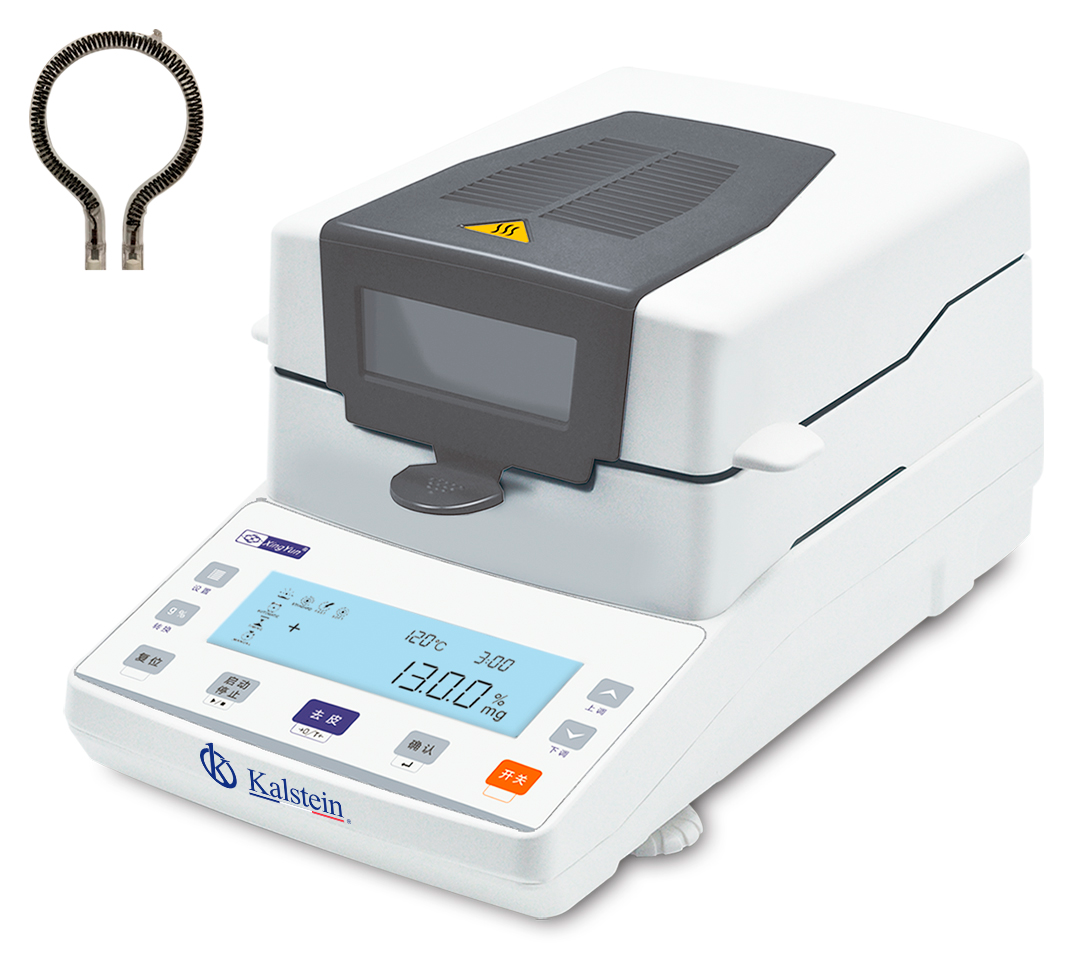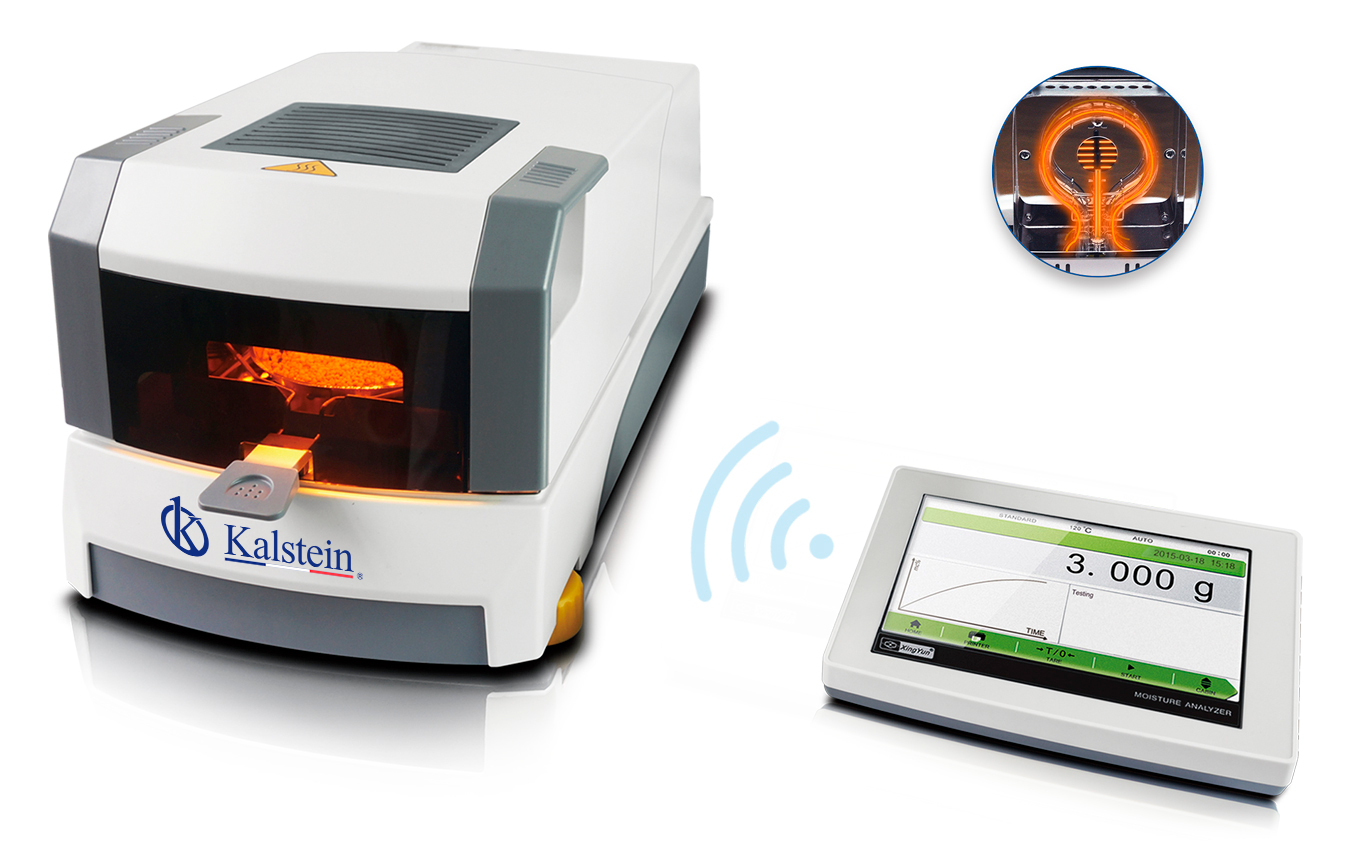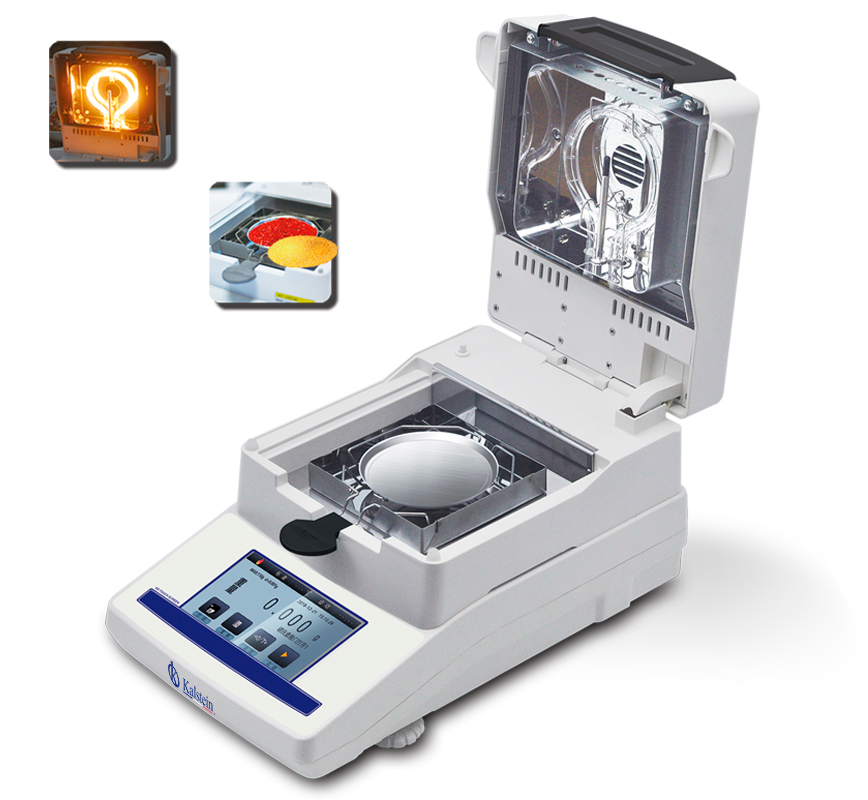Laboratory ovens are equipment used to dry and sterilize different laboratory materials and instruments, as well as dehydrate reagents. They work by gradually increasing their temperature according to their programming, and once the temperature is optimal and stabilizes, the thermal regulator will maintain the temperature; if it decreases, the resistances are activated again to obtain the programmed temperature again.
Forced convection ovens
These ovens allow the use of heat at high temperatures in a progressive manner. They are equipment designed to optimize the response time, stability and temperature uniformity. Forced air from the heating system heats the air and uses a fan to push the air around the ducts or chamber. They have an approximate accuracy of ± 0.5°C and the time in which it stabilizes is calculated between 25 minutes and 40 minutes. This can also vary due to the volume of material inside the equipment and the size of the chamber.
Forced convection allows for rapid drying and heating, temperature uniformity, and rapid temperature recovery after the cabinet door is opened. They have a temperature range from room temperature ±5 °C to 250 °C. This type of oven is regularly used in applications where very rigorous temperature precision is required, since its internal temperature can be exceeded by thermal inertia by up to 2°C. They are used in operations such as the drying of materials, dehydration of substances sensitive to sudden changes in temperature or that could be damaged by overheating, industrial process control for quality and highly explosive areas.
Gravity convection ovens
Gravity convection also called natural convection provides gentle drying and heating with low air turbulence. These equipments have an accuracy of ±2°C and the time in which they stabilize is between 45 minutes to 1 hour, which can vary depending on the volume of material inside the equipment and the size of the chamber. They have a temperature range from room temperature ±5 °C to 210 °C. They are regularly used in applications where such rigid temperature accuracy is not required, because the temperature inside them can exceed 12°C. They are used in the drying of materials, dehydration of substances.
Horizontal flow furnaces
These equipments are widely used for drying seeds, minerals, powders, granular materials, drying plants or vegetation leaves, bark, and reagent vaporization. They have an accuracy of They have a temperature range from room temperature ± 0.5°C and the time in which it stabilizes is calculated between 25 minutes and 40 minutes. This can vary due to the volume of material inside the equipment and the size of the chamber.
Air blast furnaces
These equipments have an accuracy of ± 1°C and the time in which the temperature stabilizes is estimated between 15 minutes to 20 minutes. They are regularly used in applications where rapid temperature stabilization is required and direct airflow over the materials inside the chamber is required. They are used for sterilization of glassware, stainless steel, surgical materials, low-temperature heat treatments, sterilization of materials that cannot be sterilized in autoclaves, and polymer quality verification.
Vacuum Furnaces
These vacuum ovens have an accuracy of +-1°C. They are very useful instruments in heat treatment, drying, curing, simulating environments with other characteristics of gases or contaminated environments.
At Kalstein we are MANUFACTURERS of laboratory equipment and we offer you innovative laboratory ovens, designed with the highest quality and the best technology at the best PRICES. That’s why we invite you to take a look at: HERE




